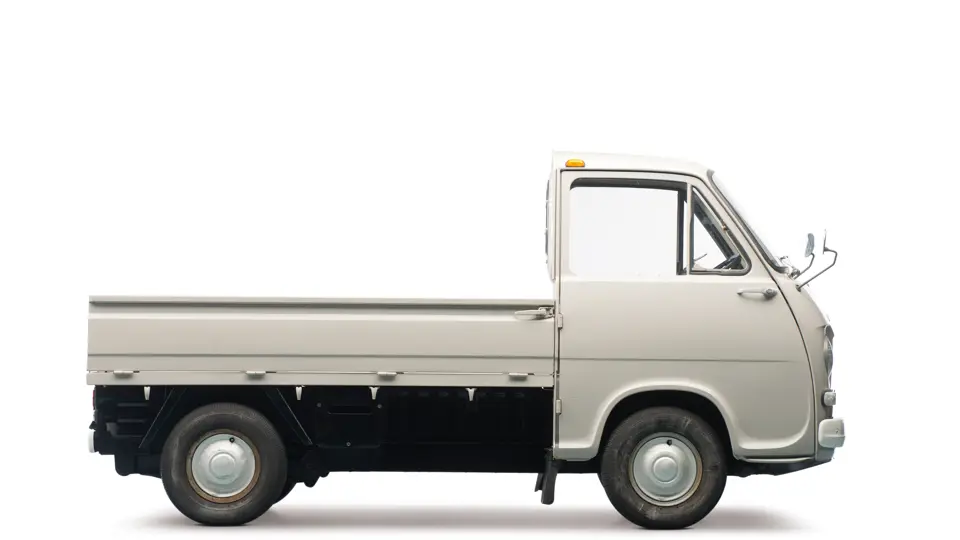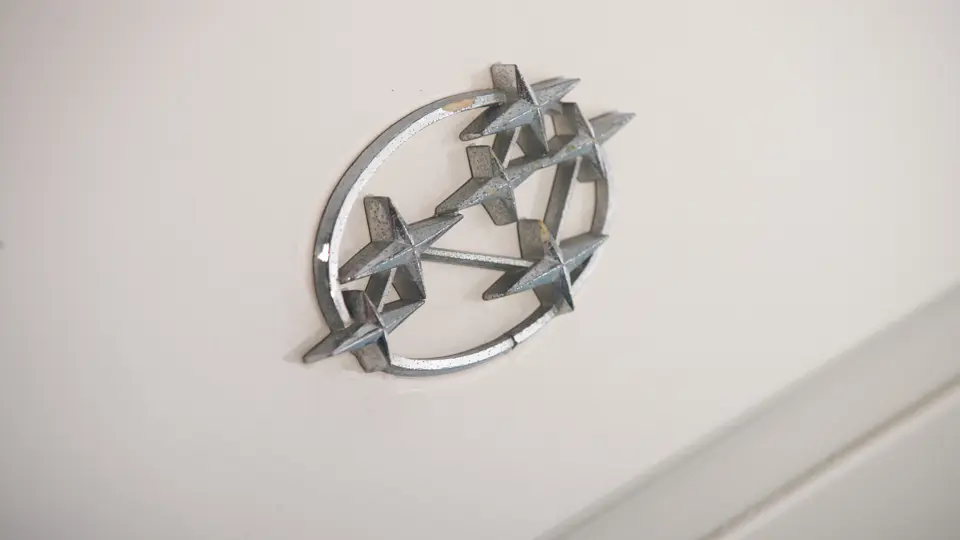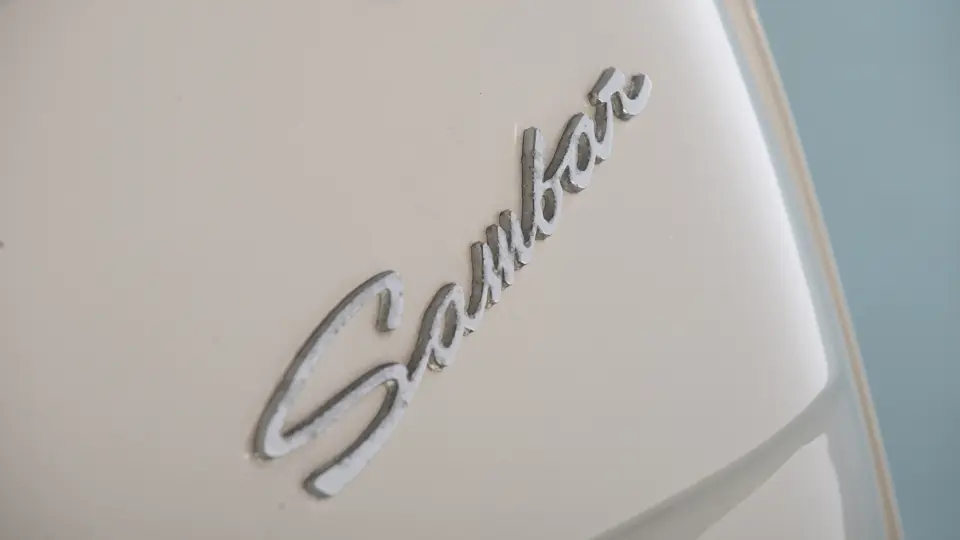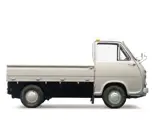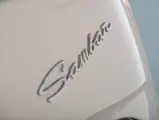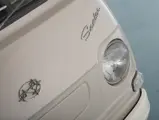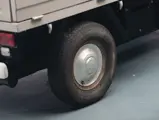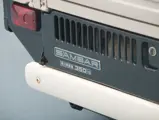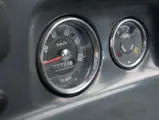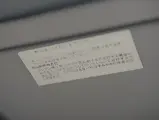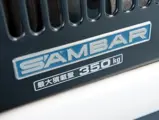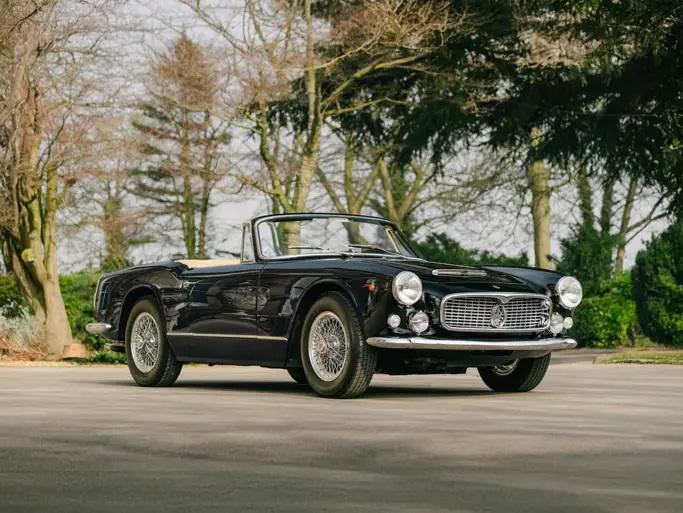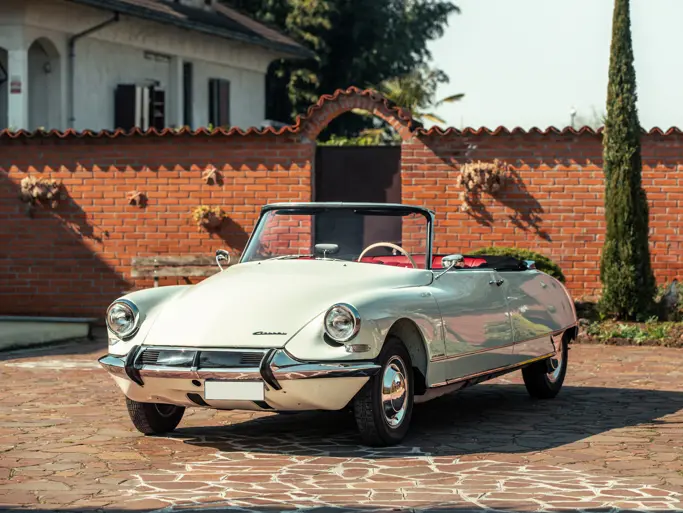Japan’s first “kei” class truck—small yet purposeful.
SPECIFICATIONS
Manufacturer: Fuji Heavy Industries
Origin: Tokyo, Japan
Production: 392,000
Motor: Subaru 2-cyl., 2-stroke
Displacement: 356 cc
Power: 25 hp
Length: 2,990 mm
Identification No. KBA4310504
The Subaru 360 Sambar is Japan’s first “kei” class truck, a vehicle that was designed for commercial delivery yet fit into the kei displacement and size tax guidelines. Two body styles, a microvan and a pickup, were produced. The name Sambar comes from a deer found in India that is commonly used to carry small loads.
Introduced at the Tokyo show in 1960, the Sambar entered production in 1961, and the first generation ran for five years. It was based on the rear-engine, rear-wheel drive Subaru 360 platform, which utilized torsion-bar trailing arms. Engine access was via a hatch over the motor. The body had doors hinged on the same pillar, giving doors that opened in two directions.
The 1966 second series Sambar featured a crisp, attractive, modern design. It continued to use the 360 platform, which had been upgraded continuously over the years. The van got an optional raised roof, and from 1970, the front doors were conventionally hinged, and the engine could be accessed from outside the vehicle. It was built until 1973, but it continued on for several more generations.
The museum’s right-hand drive Japanese market pickup features the useful drop-down sides on the bed. It is in very good overall condition and is an excellent representation of the purposeful little pickup.
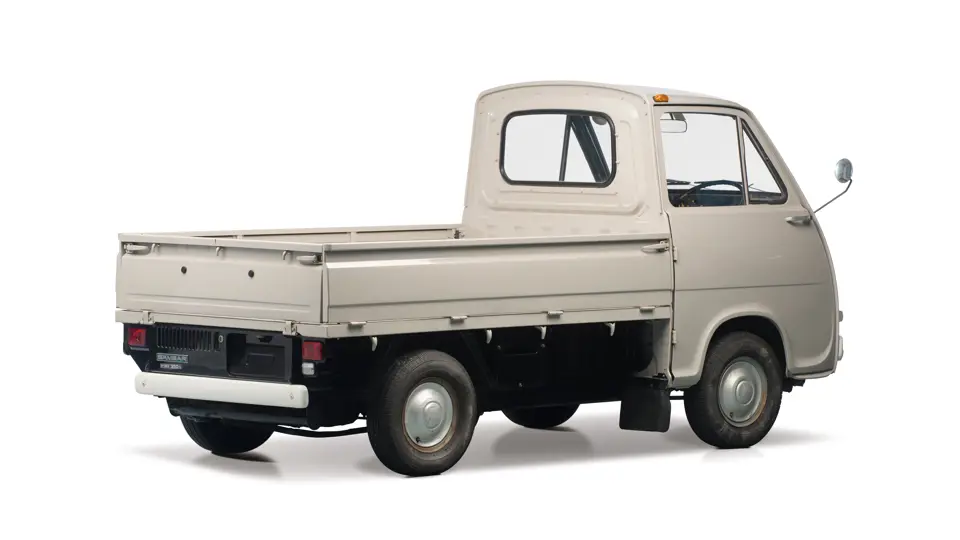
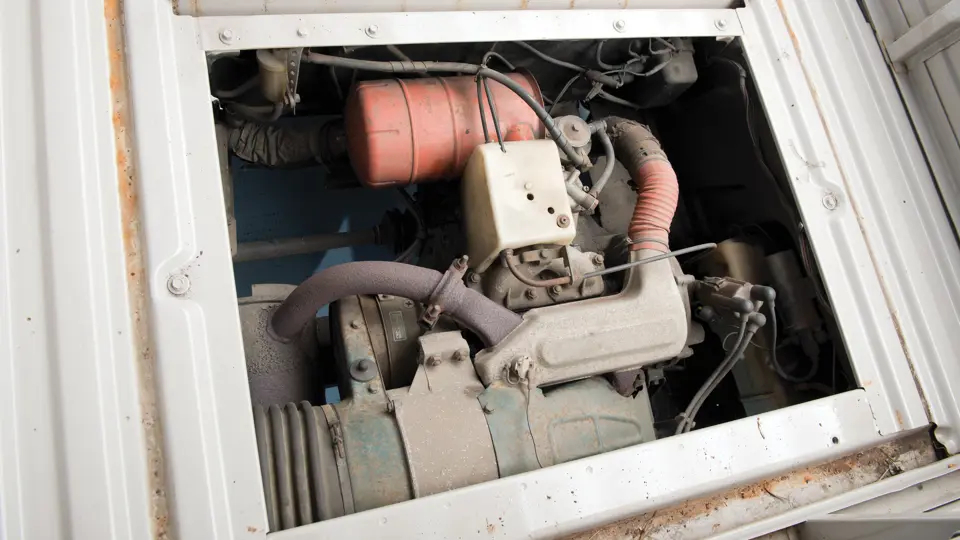
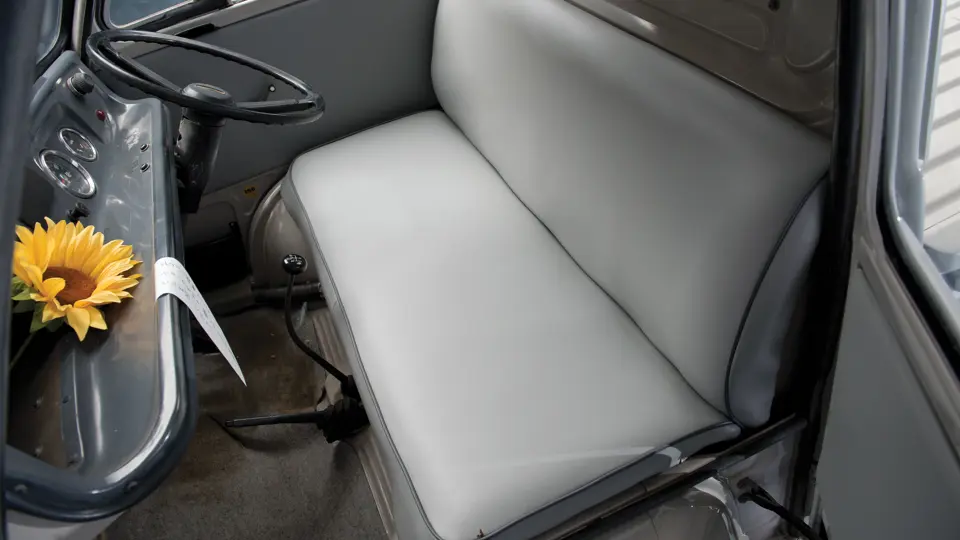


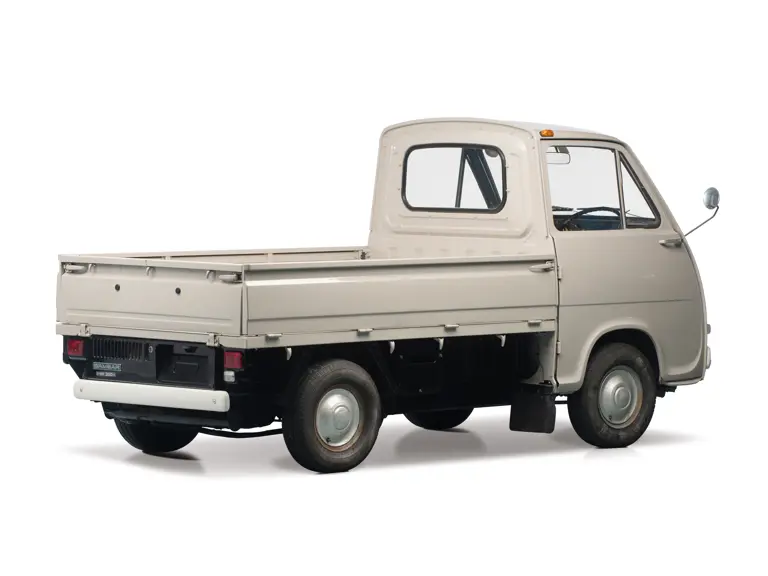

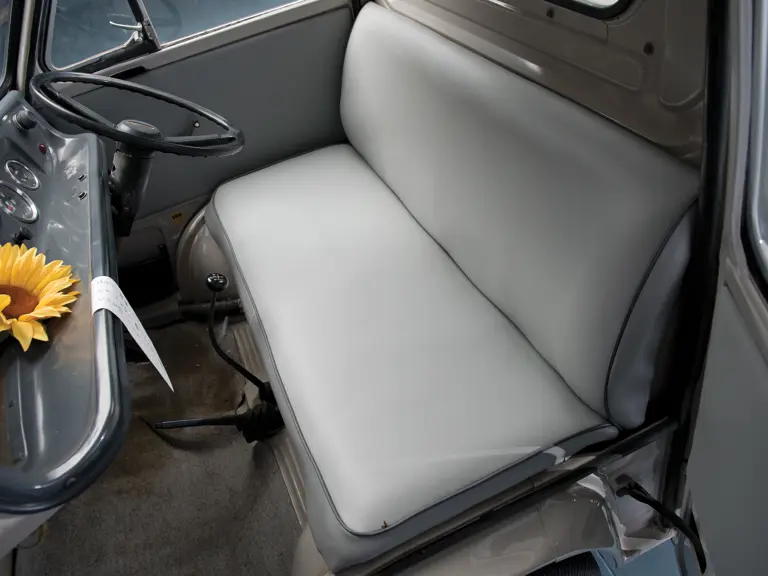
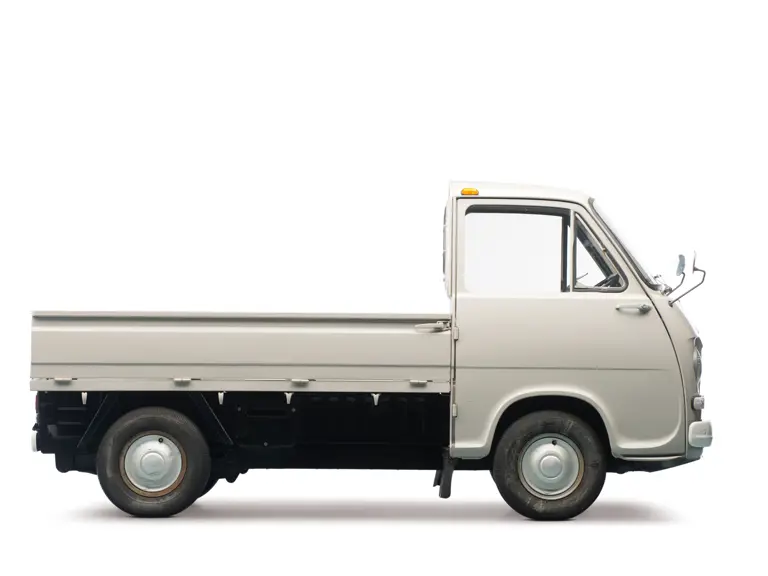
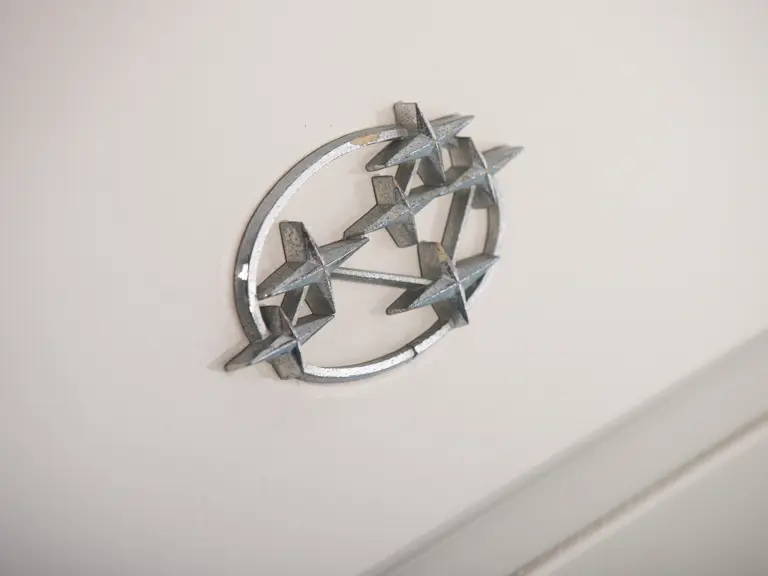

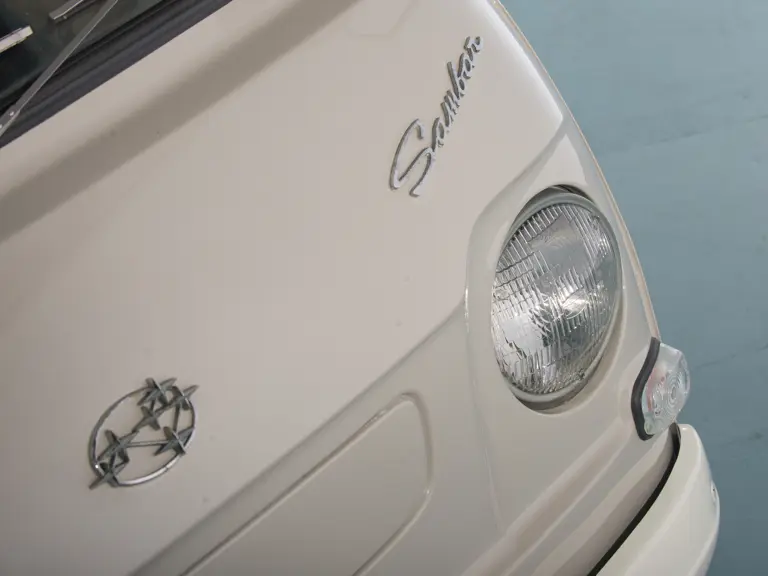
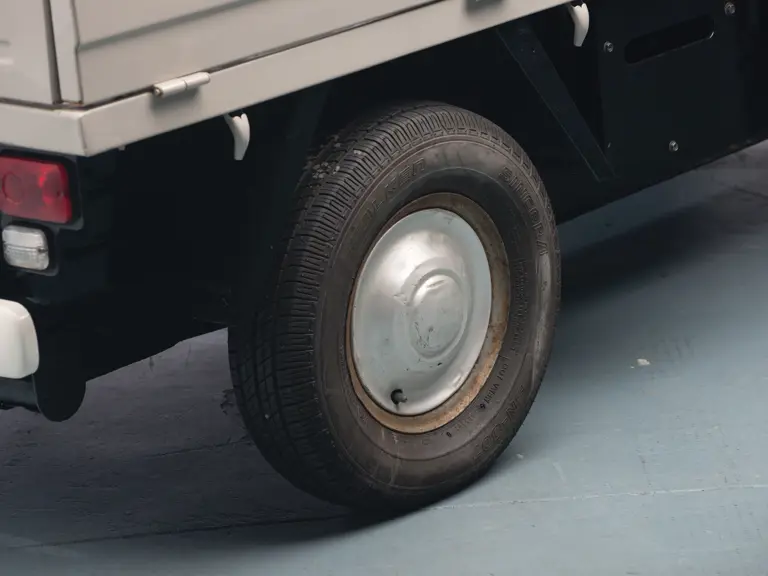

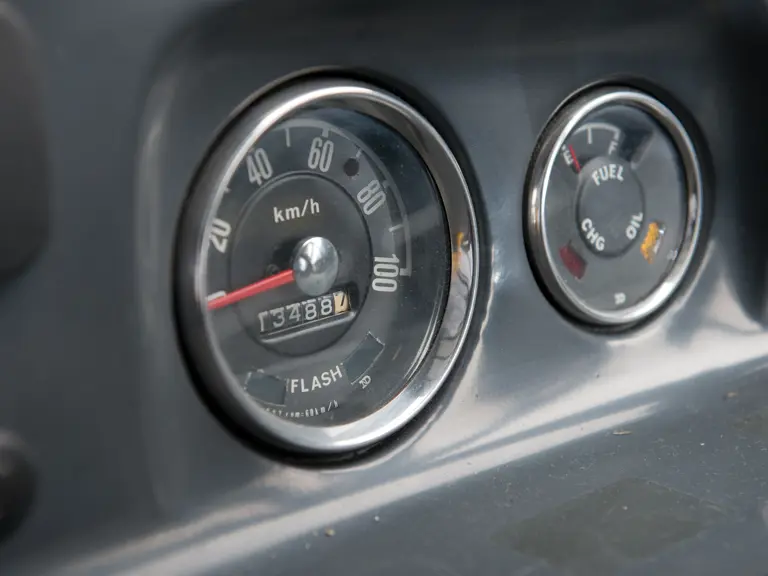

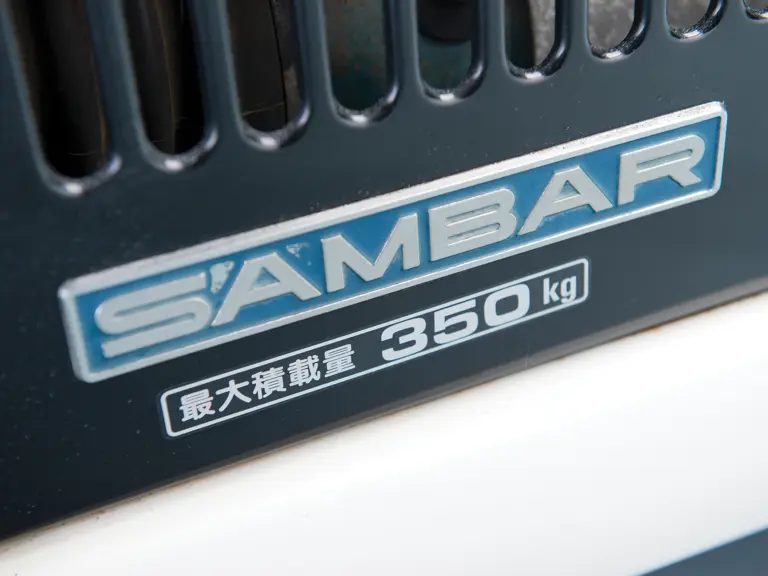
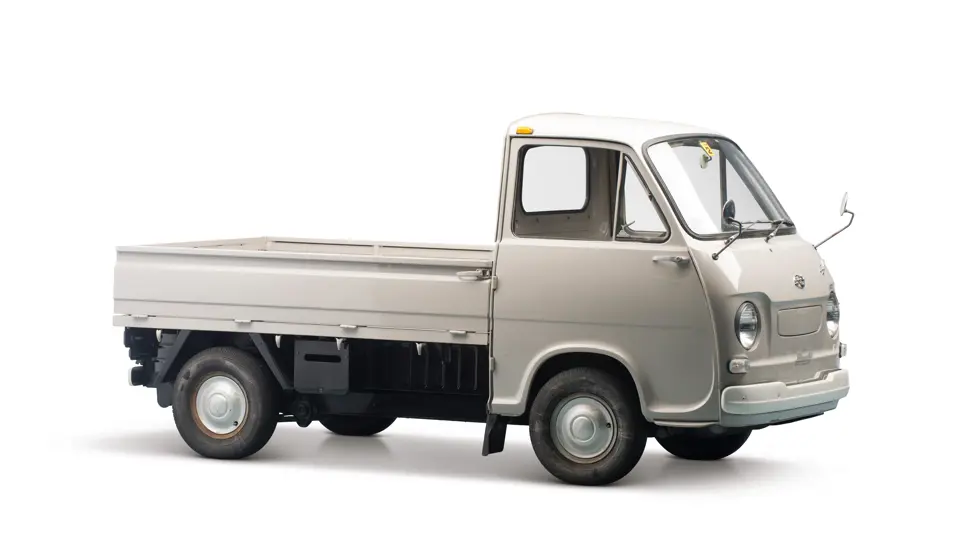
 | Madison, Georgia
| Madison, Georgia
